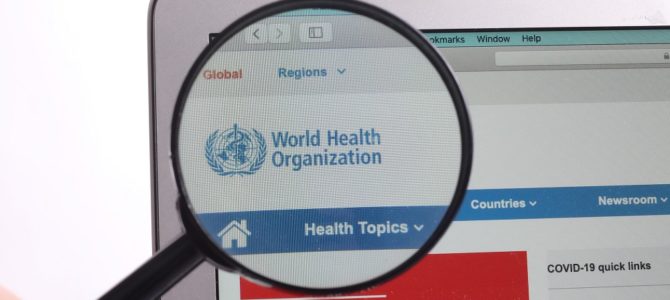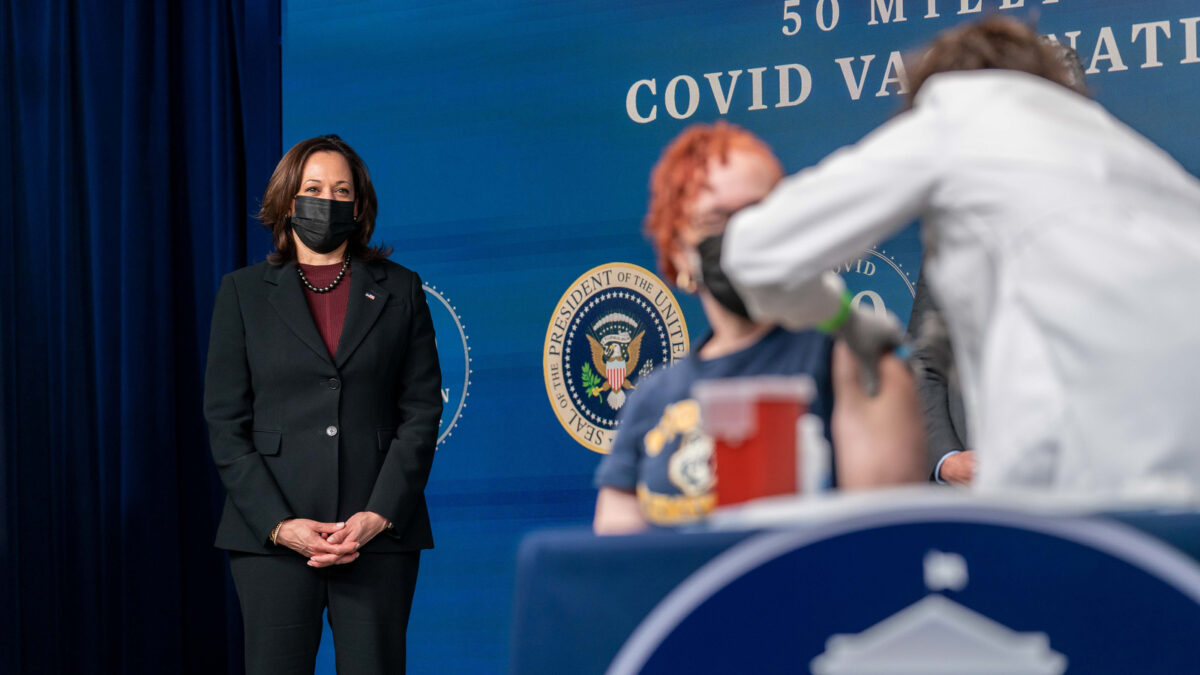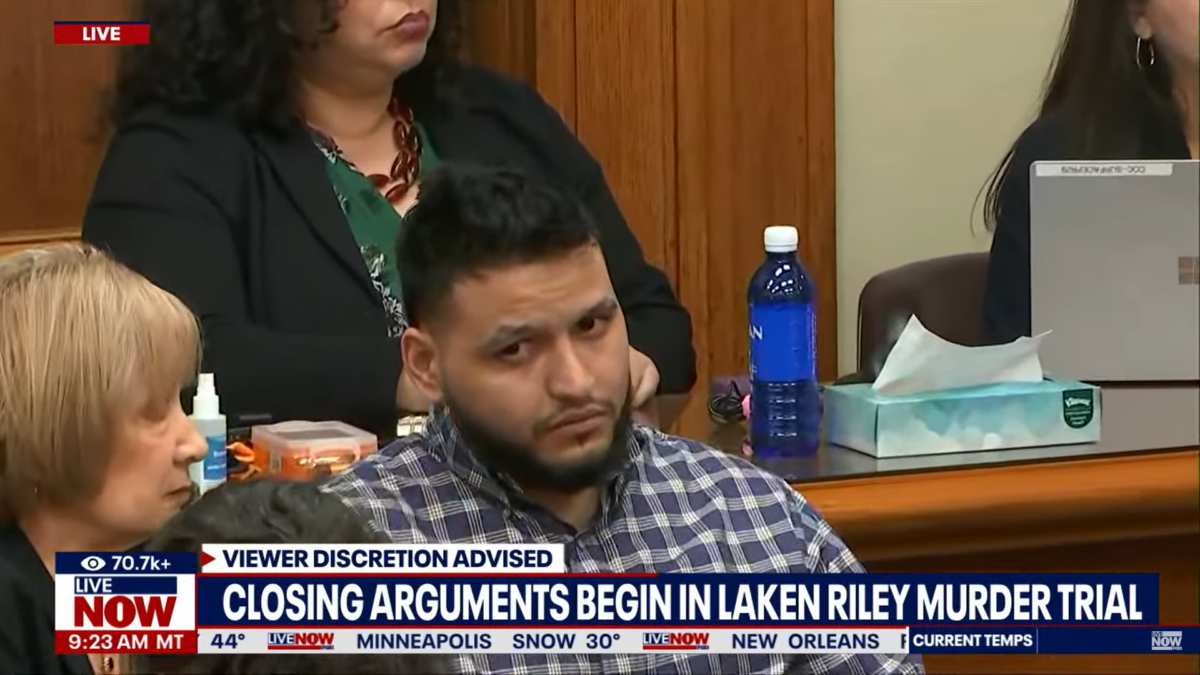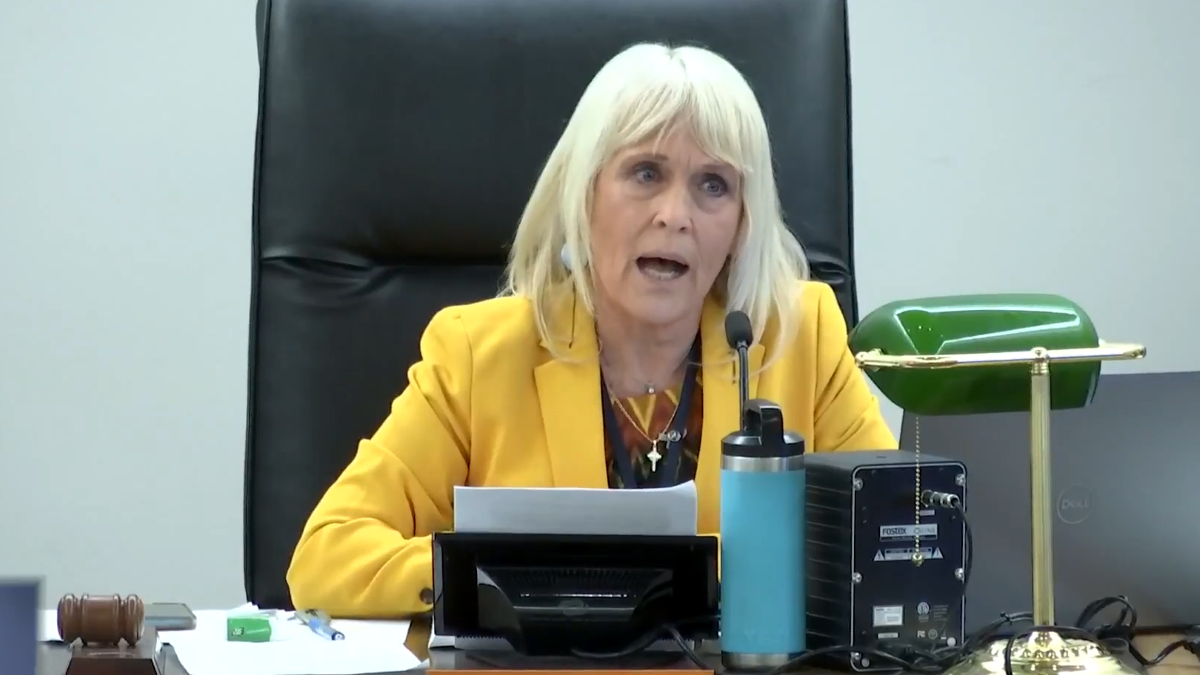
Now they tell us! After pushing lockdowns around the world for months, the World Health Organization has reversed course. WHO’s special envoy on COVID-19, David Nabarro, said in a recent interview, “We really do appeal to all world leaders: stop using lockdown as your primary control method.”
WATCH: Dr David Nabarro, the WHO's Special Envoy on Covid-19, tells Andrew Neil: 'We really do appeal to all world leaders: stop using lockdown as your primary control method'. Watch the full interview here: https://t.co/XLdaedsKVS #SpectatorTV @afneil | @davidnabarro pic.twitter.com/1M4xf3VnXQ
— The Spectator (@spectator) October 9, 2020
He went on to say what lockdown skeptics have been screaming for months: that the main effect of these policies is to devastate economies, and especially the poor. “Look what’s happened to smallholder farmers all over the world,” he said. “Look what’s happening to poverty levels. It seems that we may well have a doubling of world poverty by next year. We may well have at least a doubling of child malnutrition.” You don’t say.
Nabarro did give himself a bit of wiggle room, claiming that “the only time we believe a lockdown is justified is to buy you time to reorganize, regroup, rebalance your resources, protect your health workers who are exhausted, but by and large, we’d rather not do it.” Still, since we’re in, what, month seven of these measures, WHO advice to world leaders is now: “Stop with the lockdowns.” Someone should tell Joe Biden.
Our guess is that growing public opposition to the lockdowns, and news of a return to normal in places like Sweden, made WHO’s support for the measures untenable. We’re delighted the organization has finally, at long last, come out against lockdowns.
But as we show in our book “The Price of Panic,” there’s never been good evidence that lockdowns work. Yet only now has WHO decided to admit this. Alas, over and over, when the pressure is on, the World Health Organization has allowed politics to crowd out science.
Even The New York Times now admits this. They recently published an investigative report describing how WHO’s support for open borders, even during a pandemic, was based on politics, not science. But the UN agency’s preference for politics has been apparent since the start of the pandemic.
Indeed, WHO’s 2020 push for lockdowns, business and school closures, and widespread mask use contradicted its own assessment of the science. In October 2019, WHO issued a now-forgotten report on “non-pharmaceutical public health measures” in fighting a flu pandemic. The executive summary said the evidence for these measures was “limited.” Based on the rest of the report, that was an understatement.
The interventions WHO considered included “personal,” “environmental,” and “social distancing measures.” That is, washing hands, coughing into your arm, wearing masks, cleaning surfaces, contract tracing, closing schools and workplaces, banning large crowds, and imposing various and sundry checks and limits on travel. In other words, the hygiene theater we’ve performed for most of 2020.
In late March, officials insisted all this would help. WHO, in contrast, had concluded just the opposite a few months earlier. When no one was paying attention, WHO said the evidence was weak, and the costs too high to pursue most of these measures except in a historic pandemic.
Of course, hand washing is common sense, and WHO doesn’t discourage it. The point is that even the value of a simple, low-cost act like washing your hands isn’t backed up by studies showing it works significantly enough for measurably fighting the flu. Controlled trials, as they put it, “have not found that hand hygiene is effective in reducing transmission of laboratory-confirmed influenza.”
Face masks also make sense in some settings, although they’re much more of a hassle. Again, though, for people without symptoms wearing them in public, “there is no evidence that this is effective in reducing transmission.”
Most controversially, WHO reported, “Travel-related measures are unlikely to be successful in most locations because current screening tools such as thermal scanners cannot identify pre-symptomatic infections and afebrile infections, and travel restrictions and travel bans are likely to have prohibitive economic consequences.” It is this claim that The New York Times report shows was tainted by politics.
In the same report, WHO also warned that “social distancing measures (for example, contact tracing, isolation, quarantine, school and workplace measures and closures, and avoiding crowding) can be highly disruptive, and the cost of these measures must be weighed against their potential impact.” Moreover, they may do less than most people assume. WHO judged the quality of evidence supporting these measures to be “very low.”
Lockdowns, they said, can even spread disease, since “household quarantine can increase the risks of household members becoming infected.” Compliance is always a problem, and herding healthy and at-risk people together might just spread the virus to at-risk people. “Workplace closure,” WHO cautioned, “should be a last step that is only considered in extraordinarily severe epidemics and pandemics.”
How bad is “extraordinarily severe”? Thanks to the work of the Centers for Disease Control, we don’t have to guess. Their chart shows that only one flu pandemic in more than 100 years has qualified: the 1918 Spanish flu pandemic.

The Pandemic Severity Assessment Framework, in chart form, from the CDC.
So, even the official wisdom on pandemics warned of the high cost of extreme social distancing. That same wisdom acknowledged that studies had never proved that these measures work, and in many cases had suggested they don’t.
As a result, WHO thought the costliest of these measures, such as closing schools and businesses, could only be justified in the most extreme cases. Last fall, this was the considered scientific judgment of the World Health Organization. Their sudden opposition to lockdowns is really a return to their previous position.
Why didn’t this bombshell of a report make headlines around the world? Why did WHO ignore it just a few months later? The New York Times now argues that WHO’s open-borders advice was more politics than science. That’s plausible. Overall, however, the October 2019 report was sober and thorough. It contained references to more than 240 scientific papers and other works. It commended prudence over panic.
The most shameless politics came later. By late March, there was little market for sober scientific analysis. The viral contagion had become a social contagion. The dull WHO report gave politicians and their advisors little incentive to do something dramatic.
So, instead of sticking to its own assessment of the evidence — an assessment that, if the New York Times is right, was itself tainted by politics — WHO turned on a dime when the political winds changed. Director-General Tedros Adhanom, who in January had dismissed the dangers of the coronavirus, touted a speculative model that assumed the pandemic would be as bad as the Spanish flu. He then urged governments to treat their subjects as guinea pigs in a multi-trillion-dollar lockdown experiment that had never been run before—an experiment that had precious little evidence in its favor.
We’ve been played. When it was expedient, the WHO abandoned its own assessment of the science and plugged lockdowns. Now that it’s obvious the cost of the lockdowns swamps their benefits, WHO hopes to socially distance from these measures. The key lesson we should learn from all this is that when politics conflicts with science, and even their own scientific judgments, WHO opts for politics.









